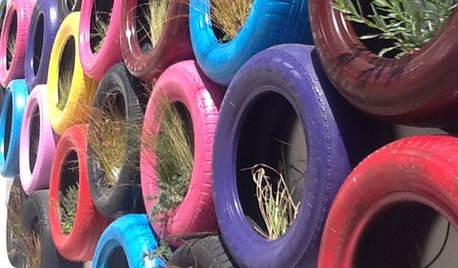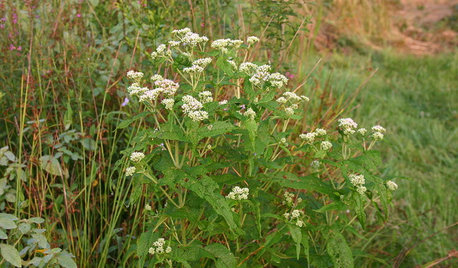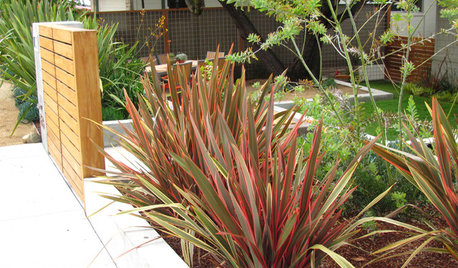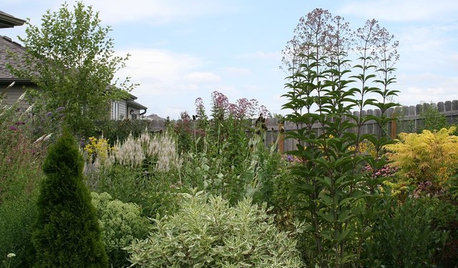weak rubber plant or is this natural???
tigereyes
15 years ago
Featured Answer
Comments (20)
rhizo_1 (North AL) zone 7
15 years agoRelated Professionals
Wrentham Landscape Architects & Landscape Designers · Middle River Landscape Architects & Landscape Designers · Rancho Palos Verdes Landscape Architects & Landscape Designers · South Orange Landscape Architects & Landscape Designers · Pelham Landscape Contractors · Wakefield Landscape Contractors · Cliffside Park Landscape Contractors · Coeur d'Alene Landscape Contractors · Oakland Landscape Contractors · Seminole Landscape Contractors · Shoreview Landscape Contractors · Stony Brook Landscape Contractors · Wailuku Landscape Contractors · Four Corners Landscape Contractors · Ansonia Landscape Contractorstapla (mid-Michigan, USDA z5b-6a)
15 years agoMentha
15 years agohawaiitropics
15 years agoMentha
15 years agohawaiitropics
15 years agoMentha
15 years agohawaiitropics
15 years agotigereyes
15 years agopirate_girl
15 years agobirdsnblooms
15 years agotapla (mid-Michigan, USDA z5b-6a)
15 years agowatergal
15 years agoMentha
15 years agopirate_girl
15 years agotigereyes
15 years agotapla (mid-Michigan, USDA z5b-6a)
15 years agotigereyes
15 years agotapla (mid-Michigan, USDA z5b-6a)
15 years ago
Related Stories

SALVAGECan We Bounce Some Great Recycled-Rubber Ideas Off You?
No need to bemoan that spare tire. Old rubber is getting a guilt-free second life as flooring, pavers, sinks and even furniture
Full Story
GARDENING GUIDES5 Ways to Naturally Win the Weed War
Show irksome weeds no mercy with these tricks for combating them sans chemicals
Full Story
GARDENING GUIDESGreat Design Plant: Common Boneset Helps Good Bugs Thrive
Support bees, moths and butterflies with the nectar of this low-maintenance, versatile and tactile prairie-style plant
Full Story
GARDENING GUIDES10 Top California Native Plants, Trees and Grasses
Enjoy a fuss-free, water-wise garden in the Golden State by growing plants naturally in tune with the climate and wildlife
Full Story
RED FOLIAGEGreat Design Plant: New Zealand Flax
A commanding presence, year-round foliage and a hardy nature make flax a winner in the landscape even in fall and winter
Full Story
HOLIDAYSChristmas Cleanup Tips for the Not Naturally Organized
Dreading the postholiday chores? First let yourself unwind. Then grab some boxes, a few supplies and this easy guide
Full Story
HOUZZ TOURSMy Houzz: Natural Beauty and Art in the Adelaide Hills
With mud-brick walls, a view to vineyards and nature's tones and textures throughout, this revived home celebrates earthiness
Full Story
GARDENING GUIDESPlant Black Cherry Trees for the Birds and Bees
Plant Prunus serotina in the Central and Eastern U.S. for spring flowers, interesting bark and beautiful fall color
Full Story
GARDENING FOR BUTTERFLIESGreat Design Plants: A Bevy of Beauties from the Meadow
Draw butterflies, birds and bees to the garden year-round with these low-maintenance Eupatorium varieties
Full Story
GARDENING GUIDESGreat Design Plant: Parkinsonia Florida
Blue palo verde's trunk and branches provide a beautiful backdrop to a spectacular spring show in the desert
Full Story








hawaiitropics